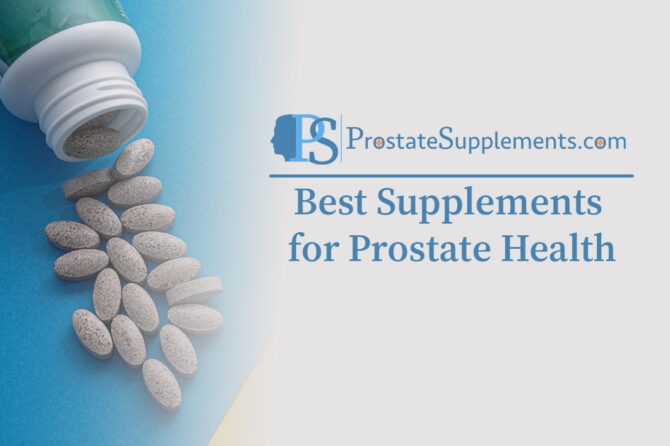
Oolong Tea and Prostate Health
Abstract
Oolong tea (Camellia sinensis), a partially oxidized tea situated between green and black teas, contains catechins (e.g., EGCG) and theaflavins alongside caffeine and L-theanine. Mechanistic and limited clinical evidence suggest tea polyphenols may influence pathways relevant to benign prostatic hyperplasia (BPH) and lower urinary tract symptoms (LUTS)—including inflammation, androgen signaling, and smooth-muscle tone—while very limited evidence bears on prostate cancer prevention. A randomized trial of a standardized green–black tea extract improved LUTS metrics (AUA symptom scores, flow, and post-void residuals). However, caffeine can aggravate urgency/frequency, so timing and dose matter. Oolong’s oxalate load is modest compared with black tea, which may be relevant for stone formers. Brew parameters (≈85–95 °C, short infusions, multiple steeps) and cup targets (2–4 cups/day for most adults) are proposed, with caveats (iron absorption, high-dose extract hepatotoxicity, caffeine sensitivity). Overall, brewed oolong can be part of a prostate-friendly pattern when used thoughtfully; concentrated supplements warrant caution.
1) Composition of Oolong Relevant to Urologic Health
- Polyphenols: Oolong retains green-tea–like catechins and black-tea–like theaflavins due to partial oxidation; these classes have been studied for anti-inflammatory and anti-androgenic effects in prostate models.
- Caffeine & L-theanine: Typical oolong contains ~30–70 mg caffeine per 240 mL cup; theanine is present in small amounts depending on cultivar and brew.
- Oxalate: Oolong generally has lower soluble oxalate than black tea, which is relevant for kidney-stone risk management.
2) Mechanistic Rationale: Why Tea Molecules Might Affect the Prostate
- Androgen pathway modulation: EGCG (a tea catechin) reduces androgen receptor signaling in prostate cancer cell lines; theaflavins (more abundant in darker oolongs/black tea) have shown 5-α-reductase inhibition in vitro.
- Anti-inflammation & oxidative stress: Tea polyphenols attenuate inflammatory signaling and oxidative stress, both relevant in LUTS and prostate enlargement.
3) Clinical Evidence
3.1 LUTS/BPH
- A randomized trial of standardized green+black tea extract in men with moderate–severe LUTS found significant improvement in urinary symptoms, flow, and post-void residual volume compared to placebo. This supports tea-polyphenol benefits for symptom relief.
- Caffeine and symptoms: Observational data associate caffeine intake with higher odds of LUTS progression and urgency. Because oolong contains caffeine, some individuals may need to moderate dose and timing.
3.2 Prostate cancer risk & biomarkers
- A clinical trial with EGCG supplementation did not significantly reduce prostate cancer incidence after one year, though some favorable biomarker changes were observed.
- Preclinical studies suggest tea catechins and theaflavins may inhibit androgen signaling and 5-α-reductase, but translation to humans remains uncertain.
Bottom line: For LUTS/BPH, tea polyphenols show promising benefits, but caffeine may counteract these in sensitive individuals. For cancer prevention, evidence remains inconclusive.
4) Urinary Tract Considerations Beyond the Prostate
- Irritative symptoms: Caffeinated beverages can worsen urgency, frequency, and nocturia in sensitive men. Decaf oolong or shorter/colder steeps may reduce caffeine load.
- Kidney stones: Tea intake may correlate with lower stone risk in some populations. Oolong’s oxalate burden is lower than black tea, but hydration and moderation are key. Adding milk can help reduce oxalate absorption.
5) Ingestion Methods & Dosing (Practical Guidance)
5.1 Brewing variables
- Temperature & time: For most oolongs, 85–95 °C water with 1–3 minutes steeping (first infusion) is recommended. Multiple short infusions extract polyphenols gradually while moderating caffeine.
- Leaf-to-water ratio: ~2–3 g per 240 mL (western brewing) or 4–5 g per 100 mL (gongfu style) with serial short infusions.
5.2 “How much?” for a prostate-conscious routine
- Brewed tea: 2–4 cups/day is reasonable to balance polyphenols with caffeine intake. Avoid late evening cups if nocturia is an issue.
- If caffeine-sensitive: Use decaf oolong, shorter steeps, or cold infusions.
- With iron-rich meals: Drink tea at least one hour away from meals or iron supplements to avoid impairing absorption.
6) Safety, Interactions, and Caveats
- Caffeine effects: Can exacerbate LUTS (urgency/frequency), reflux, palpitations, and insomnia.
- Liver safety of extracts: Rare hepatotoxicity has been reported with high-dose green tea extracts; brewed tea is generally safe.
- Kidney stones: Oolong has relatively low oxalate, but stone formers should still moderate intake and maintain hydration.
- Iron deficiency risk: High volumes of tea may impair non-heme iron absorption; spacing tea from meals helps.
- Medication interactions: Men on alpha-blockers for BPH are often advised to reduce caffeine.
7) Practical Protocol Examples
- Polyphenol-oriented, caffeine-moderate plan:
- Morning: 1 lightly steeped cup of oolong.
- Mid-day: 1–2 short infusions with lunch (separated from iron-rich foods).
- Avoid after 4 PM if nocturia is a concern.
- Caffeine-minimal plan:
- Use decaf oolong or cold-brew methods.
- Limit to ≤2 cups/day.
- Ensure adequate water intake.
8) Evidence Gaps Specific to Oolong
Direct human trials on oolong tea and prostate health are lacking. Most evidence is extrapolated from green tea or mixed green-black extracts. While mechanisms are plausible, more oolong-specific research is needed.
Key Takeaways
- Oolong tea may help alleviate LUTS when consumed moderately, though caffeine can worsen symptoms in some men.
- Evidence for prostate cancer prevention is inconclusive.
- Optimal brewing and timing can maximize benefits while minimizing side effects.
- Brewed tea is safe for most, but high-dose extracts require caution.


Leave a reply